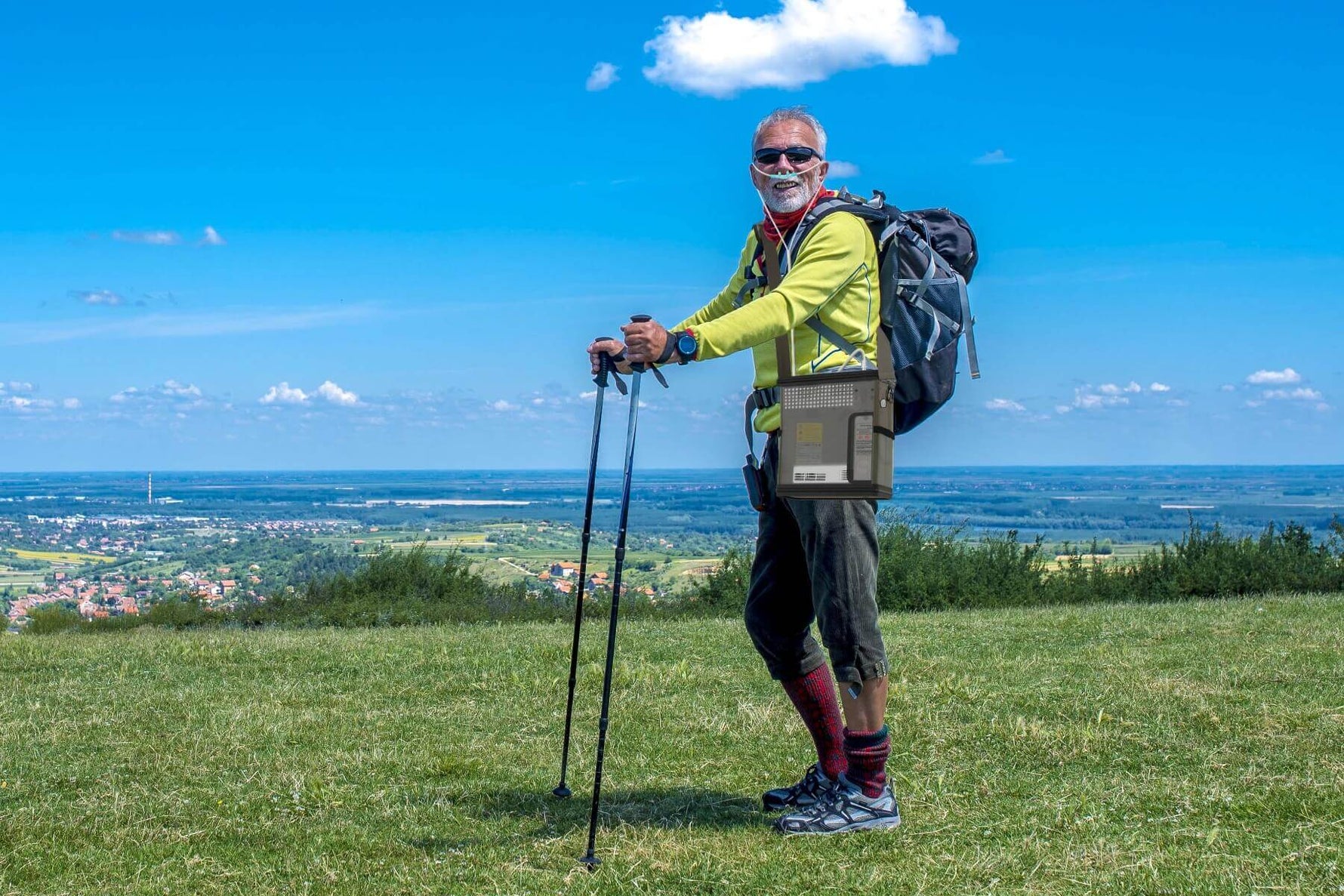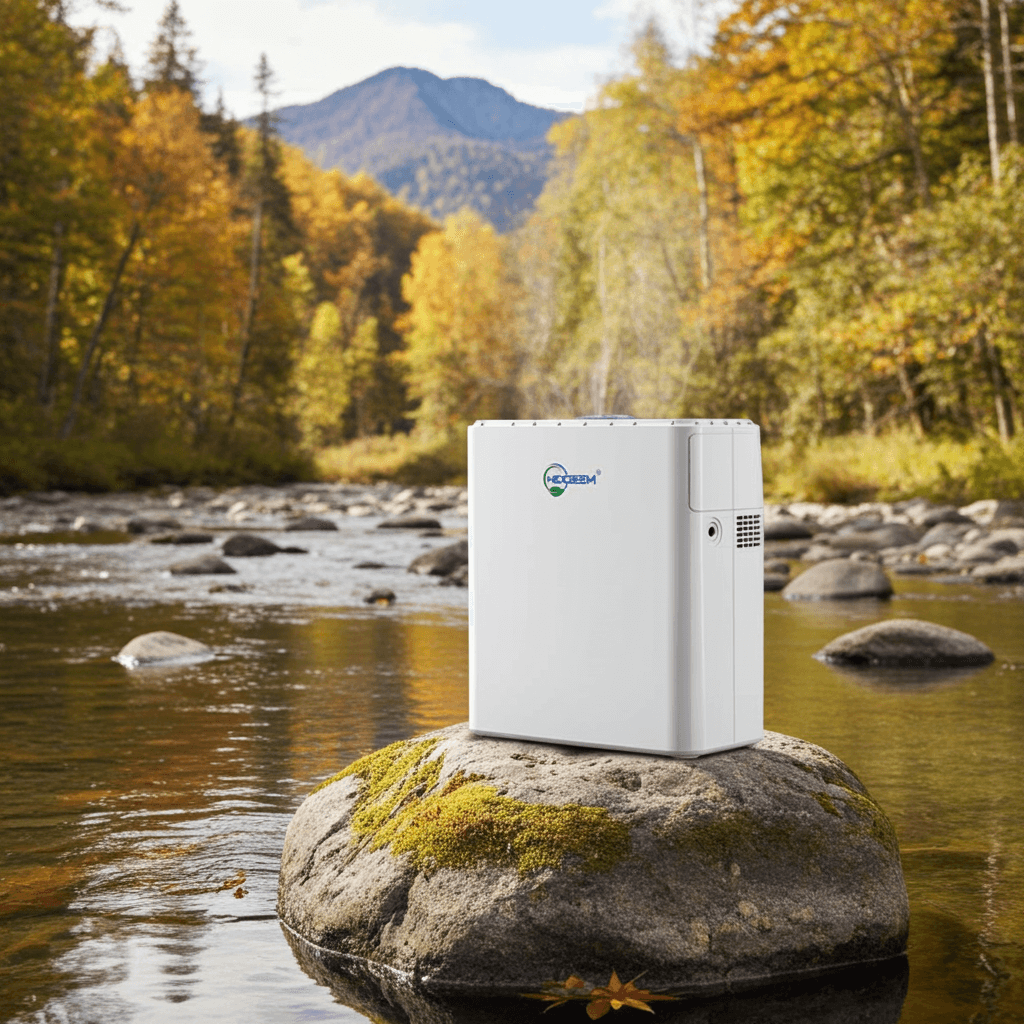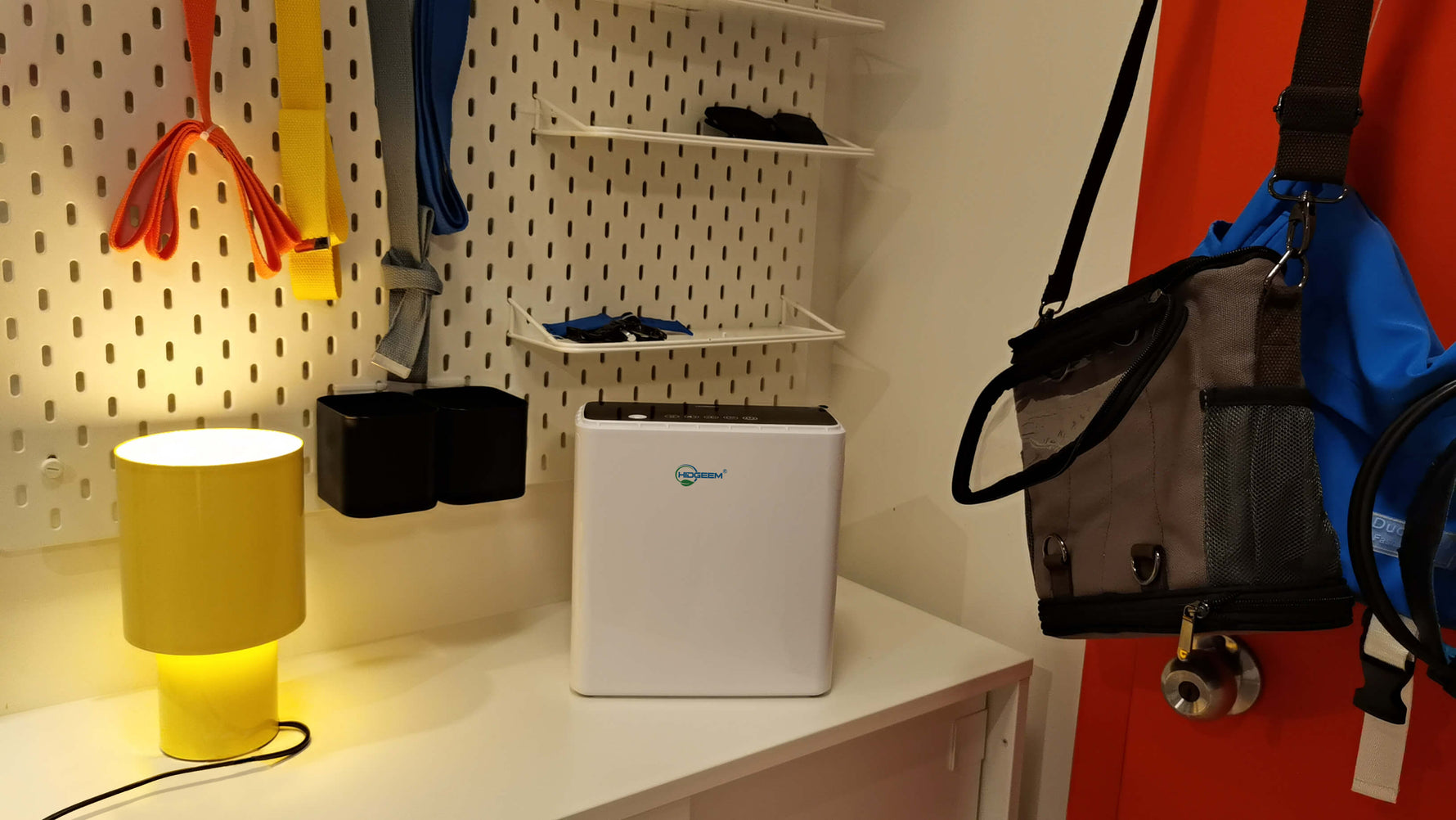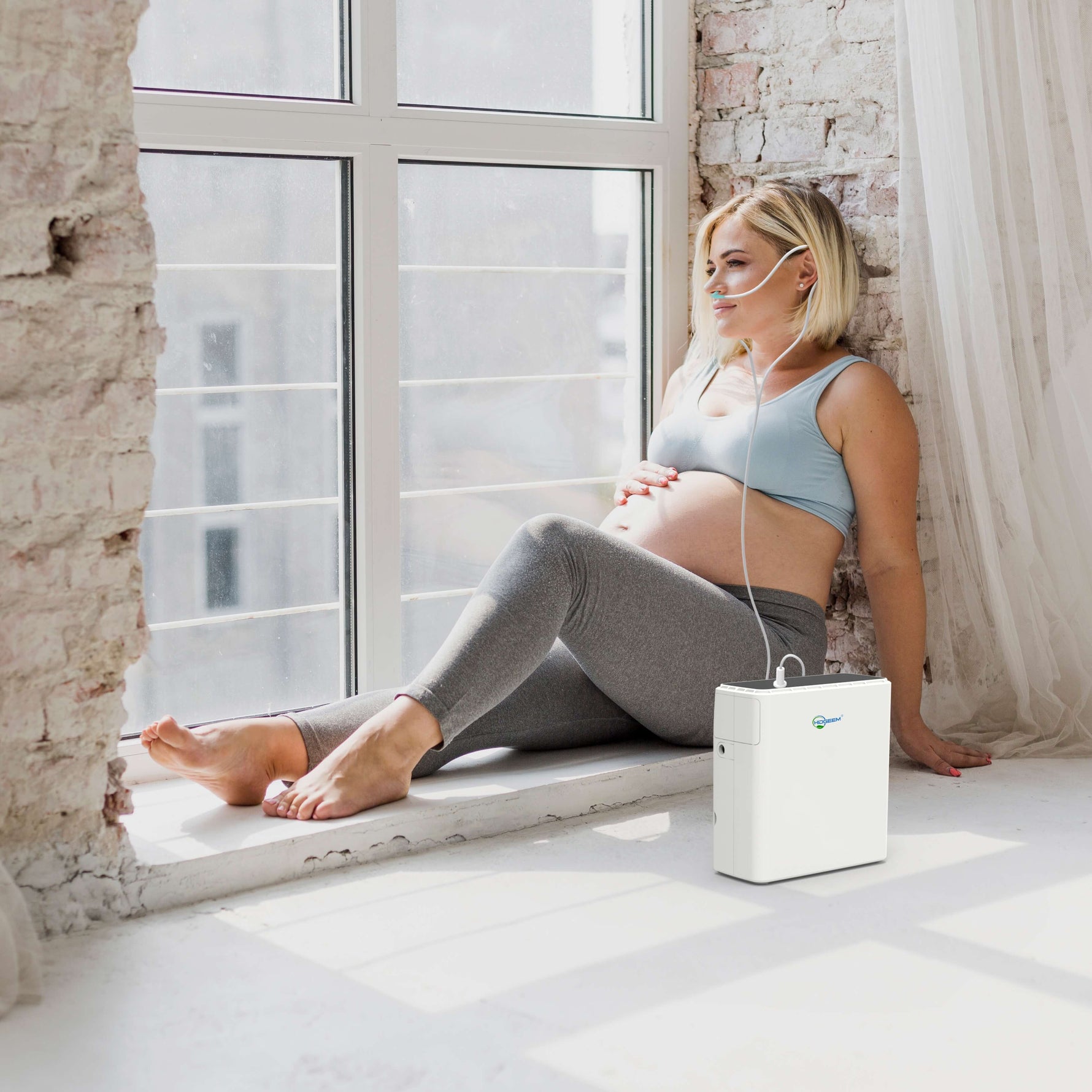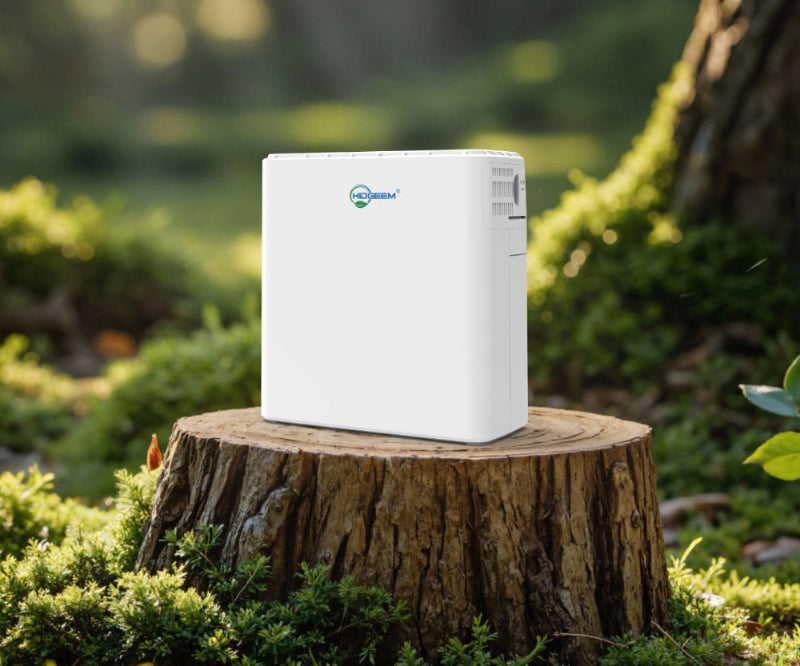Continuous Flow vs Pulse Flow Portable Oxygen Concentrator: Which Oxygen Delivery Is Right for You?
If you’ve been looking for a portable oxygen concentrator, you’ve probably seen two terms that sound a bit confusing — continuous flow and pulse flow. Both deliver oxygen, but they work in very different ways. So, which one is right for you? Let’s break it down in plain language.
What Continuous Flow Means
With continuous flow, the oxygen comes out steadily — like water running from a faucet. Whether you inhale or exhale, the oxygen keeps flowing at the same rate. This type is perfect for people who need a constant, stable supply of oxygen, especially while sleeping or resting.
What Pulse Flow Means
A pulse flow portable oxygen concentrator works differently. It releases oxygen only when you inhale — in short “bursts” that match your breathing pattern. This design saves power and battery life, making it great for light users or those who only need oxygen during activity.
Pulse models are often smaller and lighter, but they may not work as well for users with weak or irregular breathing. For example, some people don’t trigger the pulse properly while asleep, which can reduce oxygen intake.
Which One Fits Your Lifestyle?
The best choice really depends on your needs. If your doctor prescribed oxygen 24/7 or you need support while sleeping, a continuous flow portable oxygen concentrator is your best option. It’s steady, dependable, and gives you peace of mind knowing oxygen is always there when you need it.
On the other hand, if you only need oxygen occasionally — say, during exercise or travel — a pulse flow oxygen concentrator might be enough. It’s lighter, easier to carry, and the battery lasts longer since it’s not producing oxygen all the time.
Real-Life Example
Let’s say you’re taking a road trip. With a battery oxygen concentrator like the SJ-OX1C, you can plug it into your car, enjoy continuous flow during long drives, and still have portable battery power when you stop for a walk. It adapts to your lifestyle instead of limiting it — that’s what makes modern portable oxygen devices so liberating.
Continuous Flow vs Pulse Flow Portable Oxygen Concentrators— Direct Comparison
Feature
Continuous Flow
Pulse Flow
Oxygen Delivery
Provides a steady, continuous stream of oxygen (measured in LPM). Ideal for users who need constant flow even when asleep.
Delivers oxygen only when you inhale. Saves energy and battery life but may not trigger well during sleep.
Oxygen Purity
Usually stable around 90–96% at all times.
Also around 90–96%, but only during pulses — total oxygen volume per minute is lower.
Weight
Heavier — typically 10 to 17+ lbs.
Much lighter — usually 4 to 7 lbs.
Battery Life
Shorter due to constant operation (about 1.5–3 hours per battery).
Longer (up to 4-8 hours depending on setting).
Noise Level
Slightly higher due to continuous airflow.
Quieter between breaths.
Price Range (USD)
$800 – $2,000+ for famous brand depending on brand and specs.
$500 – $3,000, more affordable overall, depends on the brands.
Durability / Lifespan
Typically 5–8 years, built for continuous use.
Around 3–5 years, depending on motor cycles.
Machine Structure
Includes more advanced internal components — larger compressor, cooling system, and sometimes breathing frequency sensors or data monitoring.
Simpler internal design; compact and battery-optimized.
Best For
Home use, sleeping, long-term oxygen therapy, or users needing 24/7 flow.
Travel, exercise, light use, or users with intermittent oxygen needs.
Final Thoughts
There’s no one-size-fits-all answer here — and that’s okay. What matters is finding an oxygen concentrator that fits your breathing pattern, your lifestyle, and your comfort level.
If you value reliability, sleep stability, and freedom to move without worrying about running out of air, the Hidgeem SJ-OX1C continuous flow oxygen concentrator is built for you. It’s quiet, efficient, and ready wherever life takes you — whether that’s across the room or across the country.
You can know more details from this link: Hidgeem SJ-OX1C continuous flow oxygen concentrator.
Because at the end of the day, breathing easy shouldn’t be complicated.



